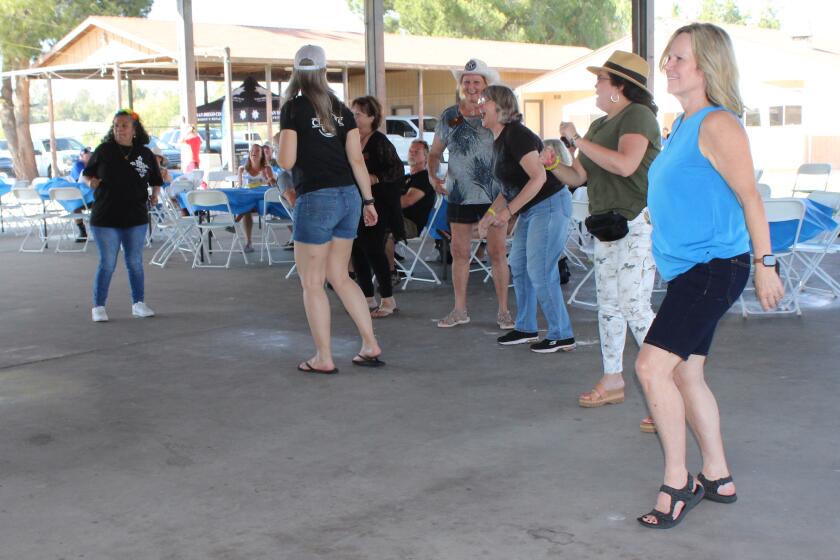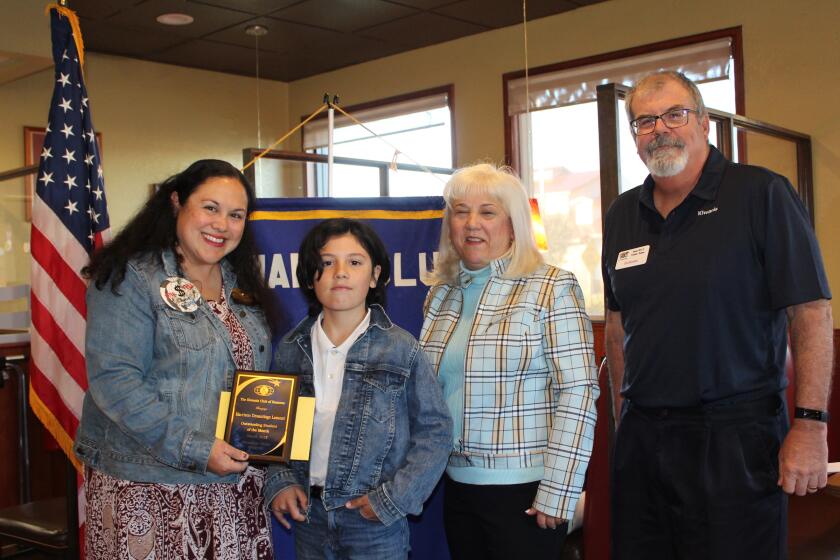Why eight days?
By Harold Schachter
As the winter solstice approaches, the nights grow longer and daylight hours decrease.
It has been common for many of the world’s peoples to illuminate the darkness by the lighting of candles. This practice is observed by many of the world’s religions and has been so for many millennia.
At this time of the year, those of the Jewish faith celebrate Chanukah, or Hanukkah. But the holiday is a minor one in the Jewish religious calendar. Chanukah is not even mentioned in the Hebrew Bible or Holy Scriptures (Tanakh), commonly and incorrectly referred to as the Old Testament.
Many non-Jews think that it is the Jewish observance of Christmas, but it is not. Chanukah means “rededication” and its origin precedes the birth of Christ by more than 150 years.
It was known as the “Festival of Lights” before it became known as Chanukah. It commemorates a ”miracle” that took place in 165 BCE (Before the Common Era), when the Maccabees successfully fought a three-and-a-half year guerilla war of revolution against the much larger and better equipped Syrian-Greek army.
The military forces of the then reigning monarch, Antiochus IV, were driven from the Holy Temple in Jerusalem that had been desecrated and defiled, and the Holy Temple was cleansed and rededicated (hence, the name Chanukah).
There was only one undefiled cruse of olive oil found, bearing the seal of the Holy Temple’s high priest. It was used to burn as fuel in the Temple’s lamps when the Temple was cleansed and rededicated. This singular cruse contained sufficient olive oil to last just one day. It would take eight days to process more sacramental olive oil to burn in the Temple’s lamps. The miracle of Chanukah is that this singular cruse of olive oil kept the Temple’s lamps lit for eight days, not just one day, until new olive oil for fuel could be obtained.
The miracle was not that Judah Maccabee (Judah, the Hammer) led the successful military campaign against much superior military odds. It was a fight for the principle of religious freedom. But Judaism does not glorify war.
The miracle was that this singular undefiled cruse of olive oil kept the Temple’s lamps burning for eight days.
But why did it take eight days to obtain new olive oil for fuel?
Was it because of some complicated, complex or mysterious processing? No! It appears to be a matter of simple logistics at that time.
In ancient Israel, Joshua divided the Promised Land amongst the 12 Tribes of Israel following the conquest of Canaan around 1200 BCE.
Jerusalem was located within the territorial lands given to the descendants of Judah. While there were olive groves only about a dozen miles south of Jerusalem (also within Judah’s tribal lands), the best, most fertile agricultural lands were in the northwestern part of ancient Israel,in the western part of Galilee.
These lands were assigned to the Tribe of Asher, which had the finest oilve groves on its lands. It was from these groves that the Temple in Jerusalem procured its olives to be pressed for oil as fuel for its lamps.
But the lands belonging to the Tribe of Asher were a three-day walk from Jerusalem, each way. The harvested olives were transported in an ox-drawn cart. Three days to walk to the olive groves, a day to fill the cart with harvested olives, three days to walk back to Jerusalem, and a day to process the olives totaled eight days.
The Jewish calendar is a lunar-based calendar. Our civil calendar, the Gregorian calendar, is solar-based. Because they are calculated differently, the beginning of Chanukah usually occurs anywhere from late November to late December.
This year, 2013, the beginning of Chanukah coincides with Thanksgiving Day, Thursday, Nov. 28. This is a rare coincidence. Since the advent of Thanksgiving as a national holiday, it has occurred only once before, in 1888. Besides this year’s Thanksgiving Day, the beginning of Chanukah and Thanksgiving Day will not occur on the same day again until 2070. After that, it will be 2165 and then 76695.
And if that weren’t extraordinary enough, this Thanksgiving Day also will have an astronomical event that is truly a once-in-a-lifetime occurrence. We on Earth are expecting a visitation by Comet ISON.
Comet ISON has been referred to as the “Comet of the Century.” It is expected to be its brightest at its perihelion as it shaves by our sun on Thanksgiving Day. Comet ISON is not expected to make a return trip to our inner solar system for thousands, perhaps millions of years, so it really is a once-in-a-lifetime event.
Perihelion is the closest distance that an orbiting astronomical body comes to its “parent” body about which it orbits. The farthest distance is called the aphelion.
Comet ISON will shave past our sun on Thanksgiving Day at 3 p.m. PST at a distance estimated to be 724,000 miles from the sun’s surface. At that distance, Comet ISON is expected to experience solar heat calculated to be 4,890 degrees Fahrenheit, sufficiently hot to melt iron.
While Comet ISON will be at its brightest the closer it is to our sun, you should not attempt to look for it on Thanksgiving Day or you could damage your vision by staring at our bright sun at 3 p.m.
Comet ISON should be visible to the unaided eye from now through early January 2014. It might be as bright as our full moon, possibly even visible during daylight. It should light up the sky.
Interestingly, its appearance will coincide with the Jewish Festival of Lights.
You can learn more about Comet ISON by “googling” it on the Internet.




